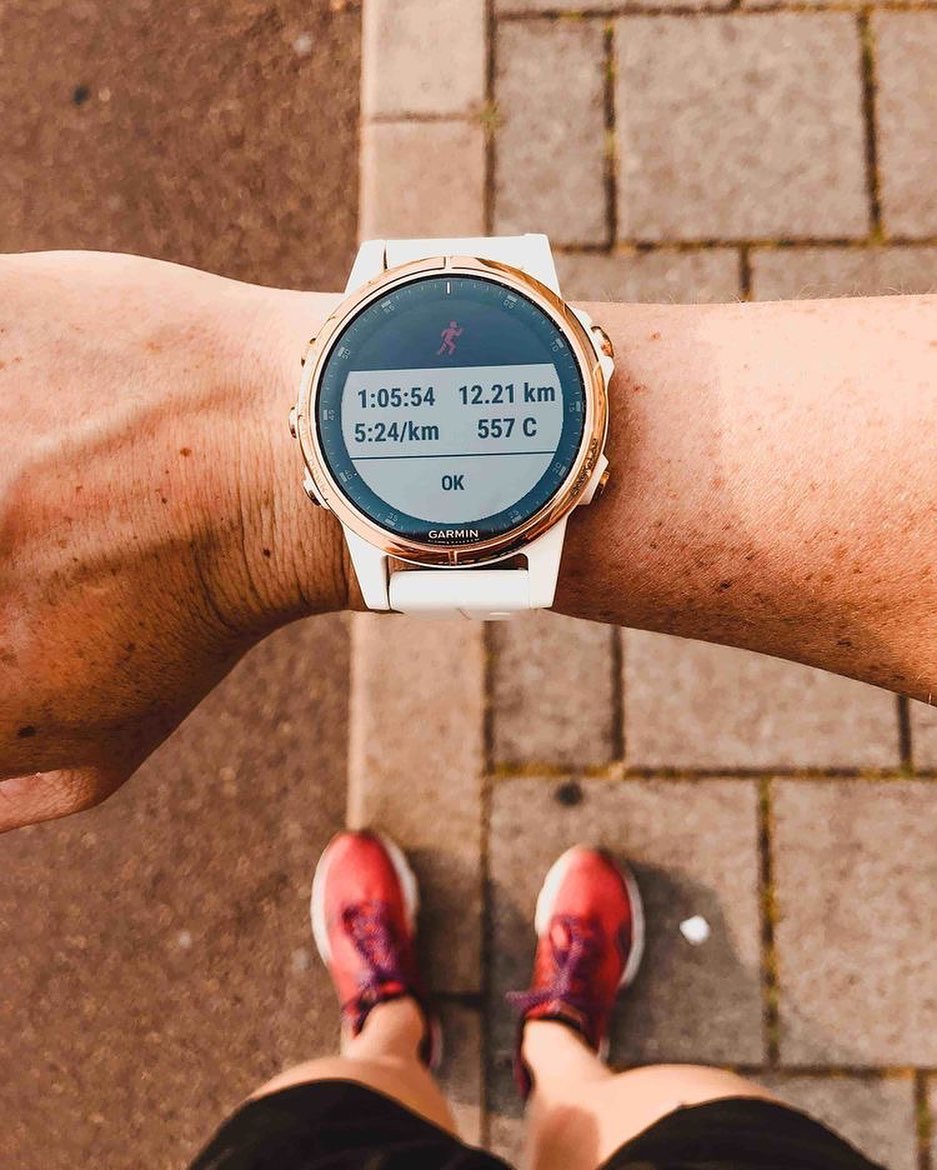We are talking sports, so let’s jump into a short comparison of several Garmin sports watches models. We hope this helps you make a choice.
Garmin Forerunner 55 is everything you need to run: GPS, pace, distance, time, heart rate, accelerometer, and more. Cycling or swimming features are very limited, and there is no triathlon at all. This running watch is the most “budget” worthy.
Forerunner 245 is more versatile and feature-rich. In addition to the functions described above, Forerunner 245 adds track running (accurate lap tracking) and music — I personally prefer Notorious B.I.G. for running.
Forerunner 745 is a truly multi-sport device for running, swimming, cycling, and triathlon. It measures heart rate, speed, distance, stride length and frequency, vertical oscillation, and other interesting parameters — outdoor and indoor. In the box, in addition to the watch, there is a chest strap with a pulse sensor (HRM) — one of the most important accessories.
Why using chest HRMs when there are wrist-placed optical HRMs everywhere? It’s simple: wrist HRMs are highly inaccurate. Chest HRM straps are a gold standard if you care about your real heart rate while training.
Forerunner 945 is a real computer on hand. You can fly to the moon with it. You can even replace a bike computer with it for a while. Like Forerunner 745, it comes with a chest-mounted heart rate monitor (HRM). And, of course, additional show-offs 😎
As for bike smart trainers for sport watches the sky is the limit. Carbon Garmin Pro or Garmin Fenix Sapphire are top-notch products that are way better than Patek Philipp or even Panerai — at least functionally. For many these Garmins are the best birthday present 🎂
In most cases, the difference in prices among models is determined, oddly enough, by weight. The heavier, the more reliable and expensive.
A more powerful and durable watch strap will not break-up at the most crucial moment and your watch worth $500 will not sail away from you forever.
There is also the reliability of the GPS sensor, which for high-end models almost never fails and does not show funny pace numbers.
There is also water resistance. You can swim in all Garmin watches, but the more expensive ones have a heavy case that reliably protects against leakage with all the consequences.
🚀 By the way, OMY! Sports app is integrated with all Garmin watches, which guarantees automatic loading of training, analysis of downloaded data, and adaptation of planned workouts🚀
